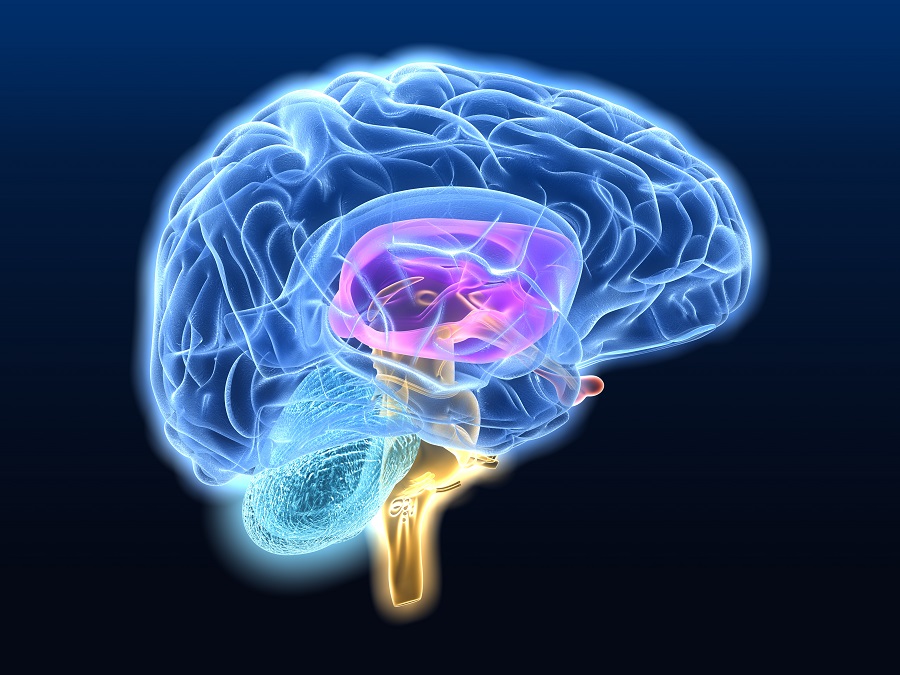Media release
From:
QIMR Berghofer scientists unlock ancient cellular wisdom of brain stem cells, offering hope for brain cancer and degenerative disease
In a landmark discovery, researchers from QIMR Berghofer in collaboration with the Francis Crick Institute, have unlocked the secrets of how brain stem cells enter and exit a resting state called ‘quiescence’ - a process with roots stretching back to the dawn of life. Their findings may lead to new approaches in brain health and cancer therapy.
For decades, scientists believed that the neurons we are born with are all we ever have. But research over the past few years has shown that small populations of stem cells in the adult brain continue to generate new nerve cells throughout life, assisting us with memory and cognitive fitness. Most of the time, these brain stem cells exist in a hibernation-like state, lowering their metabolism to preserve themselves for when they are needed most. This resting state (quiescence), is not unique to the brain - it is an ancient biological strategy found across species in everything from yeast to humans, and in tissues ranging from muscle to blood.
What makes this new research so foundational is the discovery of how brain stem cells shift between different depths of rest - akin to moving from deep sleep to light sleep - before becoming active again. For the first time, scientists have mapped how these cells transition between these states, a process that not only preserves the brain’s regenerative capacity but also primes it for repair when injury or disease strikes.
“This is the first time we’ve been able to show, in detail, how brain stem cells move between deep and shallow resting states and ultimately become active again,” said the study’s senior author Dr Lachlan Harris. “Understanding this process is crucial, because it underpins how the brain repairs itself and stays resilient against neurodegenerative disorders. But it also may have profound implications for brain cancer, where tumour cells hijack this ancient resting program to evade therapies like chemotherapy and radiotherapy.”
Brain tumours, particularly aggressive types like glioblastoma, are notoriously difficult to treat in part because some cancer cells can also slip into this dormant state, becoming invisible to standard treatments that target active cancer cells. These ‘sleeping’ cancer cells can survive initial therapy, only to reactivate later and drive tumour recurrence—a key reason why brain cancers so often devastatingly return after treatment.
QIMR Berghofer and the Crick team’s work, years in the making, now opens the door to new therapeutic strategies. By learning how to manipulate the resting state in healthy brain stem cells, scientists hope to either wake up dormant cancer cells so they can be targeted by existing therapies or keep them asleep indefinitely to prevent tumour regrowth.
“This discovery is foundational because it doesn’t just advance our understanding of brain biology - it provides a roadmap for developing entirely new approaches to treating brain cancer or other neurological disease,” Dr Harris explained. “It’s a transformational step that builds on an ancient biological process, offering hope for tackling one of the most stubborn challenges in medicine.”
The researchers are keen to see these insights into the brain’s most ancient survival strategies spark future solutions for brain health.
The study is available at this link:https://www.science.org/doi/10.1126/sciadv.adu4523
DOI: https://doi.org/10.1126/sciadv.adu4523
IMAGERY is available here: https://spaces.hightail.com/space/WBKBbQyN25
Multimedia






 Australia; QLD
Australia; QLD


